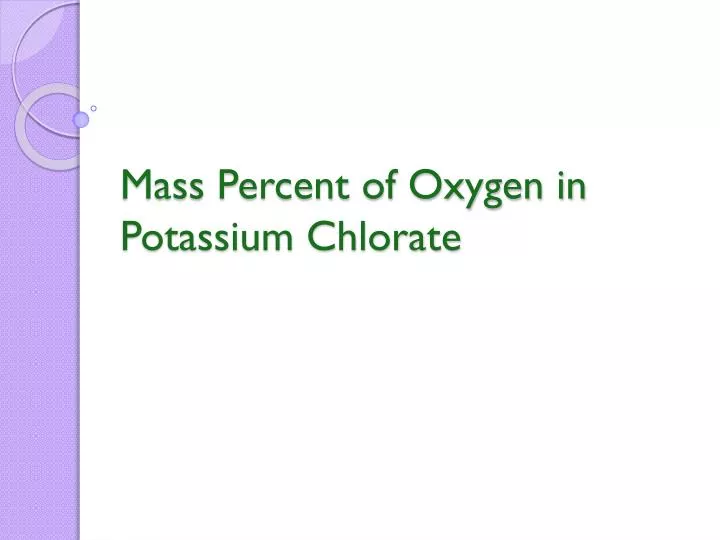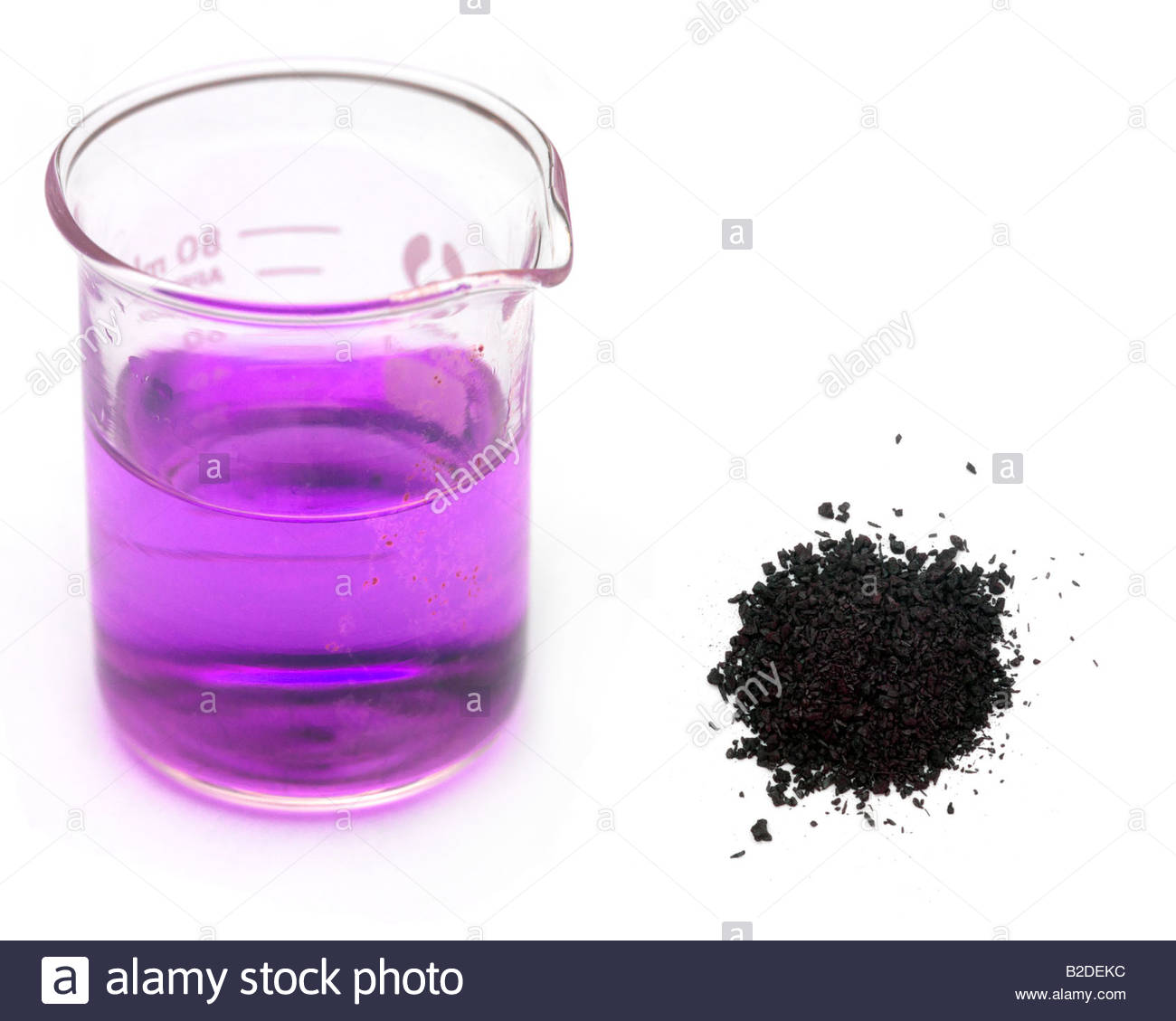

The LD 50 of orally ingested potassium chloride is approximately 2.5 g/kg, or 190 grams (6.7 oz) for a body mass of 75 kilograms (165 lb). In larger quantities, however, potassium chloride is toxic. The typical amounts of potassium chloride found in the diet appear to be generally safe. Potassium chloride is used as a scotophor with designation P10 in dark-trace CRTs, e.g. Whereas KCl components were formerly used for infrared optics, it has been entirely replaced by much tougher crystals such as zinc selenide.
Potassium density free#
Exposed to free air, KCl optics will "rot".

This limits its application to protected environments or short-term uses such as prototyping. While cheap, KCl crystals are hygroscopic. Potassium chloride is also an optical crystal with a wide transmission range from 210 nm to 20 µm. It is rated for B and C fires.Īlong with sodium chloride and lithium chloride, potassium chloride is used as a flux for the gas welding of aluminium. This agent fell out of favor with the introduction of potassium bicarbonate ( Purple-K) dry chemical in the late 1960s, which was much less corrosive, as well as more effective. Known as Super-K dry chemical, it was more effective than sodium bicarbonate-based dry chemicals and was compatible with protein foam.
Potassium density portable#
Potassium chloride was once used as a fire extinguishing agent, and in portable and wheeled fire extinguishers. It is also used in various brands of bottled water. Potassium chloride is used in some de-icing products designed to be safer for pets and plants, though these are inferior in melting quality to calcium chloride. It also emits a relatively low level of 511 keV gamma rays from positron annihilation, which can be used to calibrate medical scanners. In order to use off-the-shelf materials, it needs to be crystallized sequentially, using controlled temperature, in order to extract KCl, which is the subject of ongoing research. One kilogram of KCl yields 16350 becquerels of radiation, consisting of 89.28% beta and 10.72% gamma, with 1.46083 MeV. KCl is useful as a beta radiation source for calibration of radiation monitoring equipment, because natural potassium contains 0.0118% of the isotope 40K. Because potash imparts excellent clarity to glass, it is commonly used in eyeglasses, glassware, televisions, and computer monitors. Glass manufacturers use granular potash as a flux, lowering the temperature at which a mixture melts. It is sometimes used in solution as a completion fluid in petroleum and natural gas operations, as well as being an alternative to sodium chloride in household water softener units. As an added benefit, it is known to increase milk production. It is used as a supplement in animal feed to boost the potassium level in the feed. It is also used in medicine, lethal injections, scientific applications, food processing, soaps, and as a sodium-free substitute for table salt for people concerned about the health effects of sodium. ( September 2022) ( Learn how and when to remove this template message)Īs a chemical feedstock, it is used for the manufacture of potassium hydroxide and potassium metal. Unsourced material may be challenged and removed. Please help improve this article by adding citations to reliable sources. This section needs additional citations for verification. The vast majority of potash fertilizer worldwide is sold as muriate of potash. Potassium chloride sold as fertilizer is known as muriate of potash. The majority of the potassium chloride produced is used for making fertilizer, called potash, since the growth of many plants is limited by potassium availability. It occurs naturally as the mineral sylvite, and in combination with sodium chloride as sylvinite. KCl is used as a fertilizer, in medicine, in scientific applications, domestic water softeners (as a substitute for sodium chloride salt), and in food processing, where it may be known as E number additive E508. Potassium chloride can be obtained from ancient dried lake deposits. The solid dissolves readily in water, and its solutions have a salt-like taste. It is odorless and has a white or colorless vitreous crystal appearance.

Potassium chloride ( KCl, or potassium salt) is a metal halide salt composed of potassium and chlorine.


 0 kommentar(er)
0 kommentar(er)
